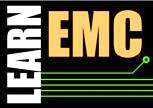The Physics of Electromagnetic Compatibility Measurements
Description
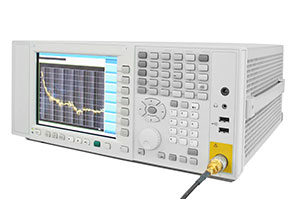
In a radiated electromagnetic emissions measurement, does it make a difference whether the excess cable is bundled neatly or coiled on the floor? Does it matter where an ESD simulator is grounded? Why do products that fail to meet EMC requirements in Laboratory A tend to do much better in Laboratory B? This course reviews the equipment, test set-ups and primary coupling mechanisms associated with each of the major electromagnetic compatibility tests. The goal of the course is to provide a basic understanding of the physics involved in order to make better, more meaningful and more repeatable measurements.
The primary EMC tests covered by this course are Conducted and Radiated Emissions, Radiated Immunity, Bulk Current Injection, Electrical Fast Transient testing and Electrostatic Discharge testing. Other EMC tests such as Lightning Immunity, Magnetic Field Emissions and Power Disturbance tests will also be discussed. Commercial, automotive and military EMC test procedures in each of these categories will be reviewed. While the course will refer to industry standard tests, the focus is on the general physics, not the specific requirements of any given standard.
For each EMC test, the course reviews the test equipment, test settings and set-up parameters that affect the measurement results. Basic models of the measurements are presented that help test engineers and technicians understand exactly what is being measured. These models illustrate how sometimes seemingly minor decisions related to the test set-up can significantly affect the results of a measurement.
People who might benefit from taking this course include engineers and technicians that are new to the field of EMC and want to become familiar with EMC test procedures; as well people who have been conducting EMC tests for many years that want to develop a better understanding of the physics involved. The course can also benefit product engineers who are responsible for negotiating EMC test plans and/or ultimately ensuring that their designs will comply with EMC requirements.
Continuing Education Credit: 0.6 CEUs, 6.0 PDHs
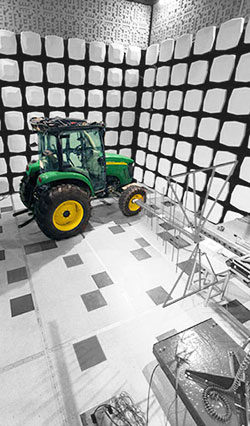
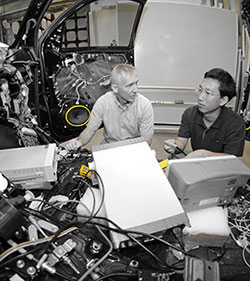
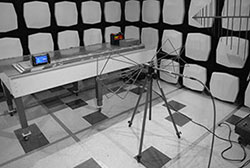
Course Outline
- Radiated Emissions Testing
- Spectrum Analysis (Time and Frequency Domains)
- Biconical, Log-Periodic, Horn and Rod Antennas
- 3-Meter vs. 10-Meter vs. 30-Meter Measurements
- Design for RE Compliance
- Set-up Parameters That Affect Measurement Results
- ESD Testing
- Charge, Capacitance and Voltage
- Triboelectric Charging
- Modeling the ESD Event
- Dielectric Breakdown in Air and Elsewhere
- Contact vs. Non-Contact Discharges
- Field Coupling
- Design for ESD Compliance
- Set-up Parameters That Affect Measurement Results
- Bulk Current Injection Testing
- The Goal of BCI Testing
- Modeling Bulk Current Injection
- Properties of BCI Probes
- Design for BCI Compliance
- Set-up Parameters That Affect Measurement Results
- Radiated Immunity Testing
- TEM cell, GTEM, Tri-Plate, WOG and Far-Field Tests
- Receiving "Antennas"
- Faraday's Law
- Non-Linear Device Behavior
- Design for RI Compliance
- Set-up Parameters That Affect Measurement Results
- Electrical Fast Transient Testing
- Differences in Methods of Inducing EFT Transients
- Modeling the EFT Source
- Identifying the Current Path
- Non-Linear Device Behavior
- Design for EFT Compliance
- Set-up Parameters That Affect Measurement Results
- Conducted Emissions Testing
- The LISN
- Common Mode vs. Differential Mode Emissions
- Design for CE Compliance
- Diagnosing a Conducted Emissions Problem
- Set-up Parameters That Affect Measurement Results
- Review of Other EMC Tests
- Lightning Immunity
- Magnetic Field Emissions
- Power Line Transients
- Power Drop
- In-Situ Tests
- General Test Guidelines
- Calibration with Known Sources and Set-ups
- The Test Plan
- The Test Report
- Test Repeatability
- Interpretation of Test Results
Course Instructor

Dr. Todd H. Hubing is a Professor Emeritus of Electrical and Computer Engineering at Clemson University and former Director of the Clemson Vehicular Electronics Laboratory. He has over 35 years of experience with EMC testing; first with IBM, then at the University of Missouri-Rolla, and Clemson. He and his students have worked on the development, analysis and testing of a wide range of products for commercial, automotive and military applications.
